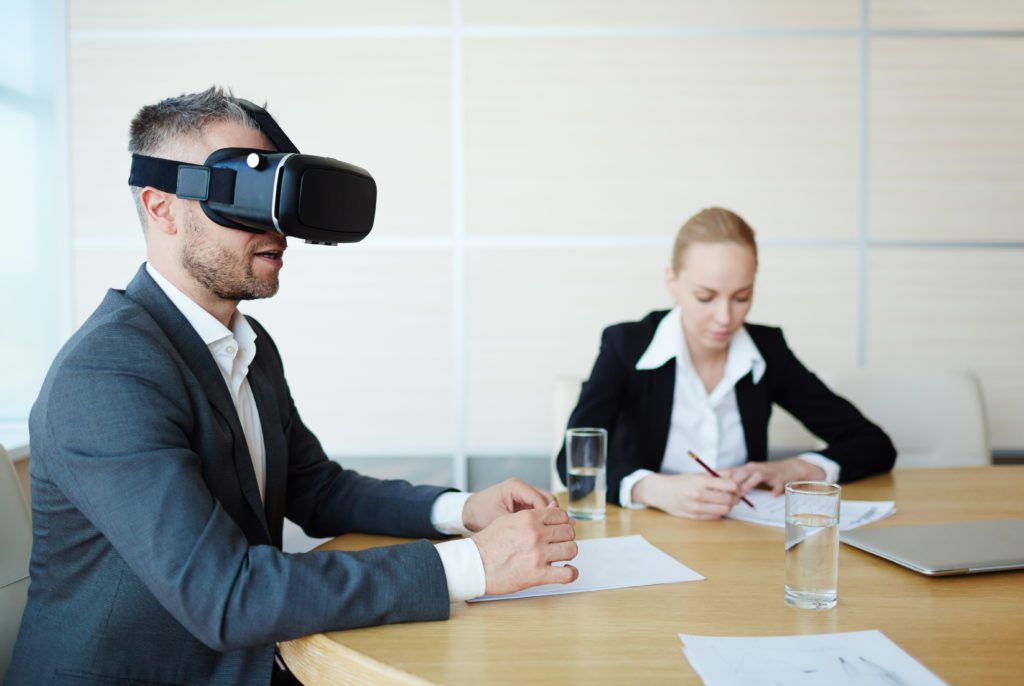
In today’s digital era, businesses constantly seek innovative ways to stand out and engage their audience during their business events. One technology that has gained immense popularity is Virtual Reality (VR). VR offers a unique and immersive experience. It allows businesses to create memorable events that leave a lasting impression.
During business events, you have the option to get the services of VR rentals to save money. Many technology rental companies provide facilities for VR gadgets. Get in touch with professionals to improve safety procedures. You can take your business event to the next level with the help of technology.
In this article, we will explore the benefits of using VR in business events and provide a comprehensive guide on how to incorporate VR effectively. Let’s discuss the details:
Enhancing Audience Engagement
Virtual Reality captivates attendees by transporting them into a virtual world. By offering interactive and immersive experiences, VR helps businesses create a deeper connection with their audience. Whether it’s through virtual product demonstrations or interactive games, VR stimulates engagement and keeps participants actively involved. You have the option to easily send your visual message to attendees.
Showcasing Products and Services
VR enables businesses to showcase their products and services in a dynamic and visually appealing manner. Through virtual product demonstrations, potential customers can explore and interact with offerings as if they were physically present. This not only helps businesses highlight their unique selling points but also accelerates the decision-making process for potential buyers.
Cost-Effective Solution
Using VR in business events can significantly reduce costs. Traditionally, businesses would have to invest in physical setups, travel expenses, and logistical arrangements. VR eliminates these expenses by providing a virtual environment that can be accessed from anywhere, saving both time and money.
Training and Learning
VR presents an excellent opportunity for businesses to conduct training and learning sessions in a safe environment. From employee onboarding to skill development, VR simulations can provide realistic scenarios, enhancing the learning experience and improving knowledge retention. This helps businesses save costs associated with physical training facilities.
Gamification for Increased Interaction
Integrating gamification elements within VR experiences can significantly enhance interaction during business events. By using challenges, rewards, and leaderboards, businesses can create a competitive and engaging environment that keeps attendees motivated and excited. Gamification not only boosts participant involvement but also encourages social interaction and networking among attendees.
Global Reach
VR breaks down geographical barriers, allowing businesses to reach a global audience without the need for a physical presence. By using VR hire, services businesses can save the cost of buying these technology gadgets. With VR technology, participants from different parts of the world can join virtual events, conferences, or training sessions, fostering international collaboration and expanding business networks.
Step-by-Step Guide to Using VR in Business Events
You should know the specific goals and objectives you want to achieve through the use of VR in your business event. Whether it’s increasing brand awareness, driving product adoption, or enhancing customer engagement, a clear objective will guide the implementation process. Let’s discuss the details:
1. Choose the Right VR Platform
Select a VR platform that aligns with your event goals and audience requirements. Consider factors such as ease of use, compatibility with VR headsets, and the availability of customization options. Get help from professional event organizers to select the right VR platform according to your business needs.
2. Develop Engaging VR Content
Collaborate with VR developers or agencies to create immersive and interactive content tailored to your event’s objectives. This could include virtual product demos, simulations, or 360-degree videos that compellingly showcase your offerings.
3. Provide Access to VR Equipment
Ensure that your event venue is equipped with the necessary VR hardware, such as headsets and controllers, to facilitate the VR experience for attendees. If required, partner with VR rental services to provide the equipment and technical support.
4. Offer On-site VR Support
Have knowledgeable staff members available at the event to guide attendees through the VR experience. They can provide instructions, answer questions, and address any technical issues that may arise, ensuring a smooth and enjoyable VR journey for participants.
In Final Words
Collect feedback from event attendees regarding their VR experience. This valuable input will help you gauge the effectiveness of your VR implementation and make necessary improvements for future events. Additionally, analyze metrics such as engagement levels, conversion rates, and attendee satisfaction to measure the success of your VR integration.